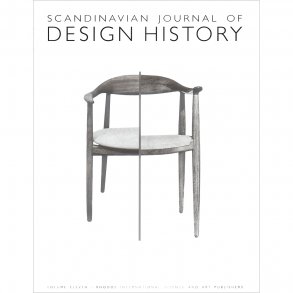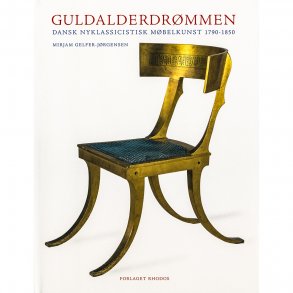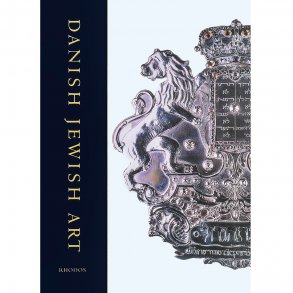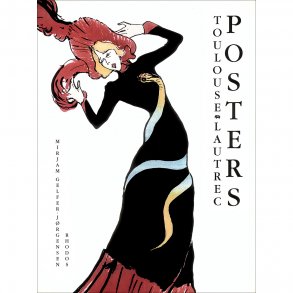Dette er den engelske udgave. Bogen findes også på dansk: Se "Guldalderdrømmen" under Arkitektur og Design.
This publication addresses an important period in Scandinavian design history when Danish furniture rose to an artistic level that was the equaled of any of its peers in Europe and the Americas. In the estimation of many historians, this body of work can be considered the foundation of modern Danish furniture design in the twentieth century.
In the first chapter, the book presents new information on the Danish furniture industry between 1790-1850. Addressing the training of designers and craftsmen, the distribution of this
furniture in the marketplace and its prominent role in Danish royal, aristocratic and bourgeouis households, the author presents an argument for the historical significance of this material.
The second chapter details – with previously unpublished material – the lavish program for the furnishing of one of Europe’s most ambitious and beautiful royal palaces, Christiansborg, which provided a powerful impetus for the remarkable revision of taste and form that occurred in this industry in the early nineteenth century.
The third chapter tells the fascinating story of Danish Neo-Antique furniture that revived many aspects of the ancient furniture of the Greco-Roman republics while presenting a clear political program for Danish artists and members of the intelligentsia who felt that this new furniture reflected their political aspirations. This chapter also provides an overview of the evolution of the Greek klismos chair in an international context. Gelfer-Jørgensen proves that the Danish pieces were among the most aesthetically radical of their time. This avant-garde quality was underscored by the use of advanced technology – some Danish chairs were fabricated with some of the most adverturesome laminated construction in the furniture industry of the early nineteenth century.
The fourth chapter reveals the considerable extent to which this material became part of the lifestyles of the educated Danish bourgeoisie.
The fifth chapter focus on late classicism it's further development of shapes and ornamentation.
Contents: The age and the craft (The Golden Age concept, The theory of styles?, The craft, distribution and trade) - Imperial empire (The empire of L'Empereur, The empire style of Frederik VI, C.F. Hansen and the furnishing of Christiansborg Palace, The architect G.F. Hetsch as furniture designer, Jørgen Hansen Koch) - Neo-Antique furniture (Prelude, Furniture in the antique style, N.A. Abildgaard; The creator of the Danish Neo-Antique, H.E. Freund's little Italy, Three painters design furniture, M.G. Bindesbøll's furniture, The furniture of a young democracy) - Bourgeois empire (Empire in neighbouring countries, egypticism, Bourgeois furnishing, Bourgeois furniture, Types of furniture) - Late Classicism (Shapes and ornamentation, Theophilus Hansen's furniture, H.C. Stilling's furniture) - Notes - Bibliography - Index etc.
The book has 504 pages, and contains notes, bibliography and an index. It has 500 fabulous illustrations of furniture as well as reproductions of Danish Golden Age paintings which reveal these pieces in original interiors. Museums and private collections have kindly contributed to the book with photographies of their furniture, paintings and drawings - some of them not previously published.
The book is bound in a full canvas hardcover and dust jacket. The canvas is gold embossed with a beautiful ornament created by the architect G.F. Hetsch from "24 Övelsestavler til Brug ved Elementarunderviisningen i Frihaandstegning" from 1856. The front cover of the dust jacket shows a Klismos Chair in gilded beech wood, from the early 1790s, designed by the famous painter and architect N.A. Abildgaard.



